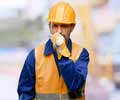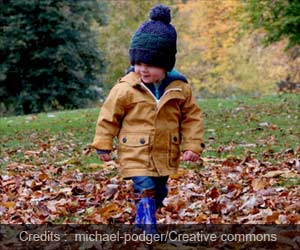Inadequate ventilation and overcrowding may contribute to the high incidence of lower respiratory tract lung infections in young Inuit children.
Inadequate ventilation and overcrowding may contribute to the high incidence of lower respiratory tract lung infections in young Inuit children. Dr. Tom Kovesi and colleagues collected data on respiratory health and indoor air quality for 49 Inuit children under 5 years of age in the Baffin Region of Nunavut.
They found that lower respiratory tract infection was significantly associated with indoor carbon dioxide levels and occupancy. On average, there were 6.1 occupants per house (as compared with 3.3–4.4 in southern Canada).Ventilation rates were below the recommended Canadian standard in 80% of the houses, with carbon dioxide levels often exceeding recommended concentrations. Elevated carbon dioxide is an indication of crowding and reduced ventilation. Smokers were present in 93% of the homes.
In a related commentary, Dr. Pamela Orr notes that the results of this research come as no surprise to those who live, work and study in the Canadian North.
However, it is not clear whether crowded housing and inadequate ventilation are risk markers (reflecting an association with other risks, for example poverty) or risk factors (reflecting causation, for example exposure to infection) for lung infections in children.
She notes that Kovesi’s study raises several questions, including the appropriateness of current housing designs in the North, which reflect Euro-Canadian designs for single nuclear family life rather than the extended communal family life of Inuit.
Inuit infants in the Baffin Region of Nunavut have the highest reported rate of hospital admission because of severe respiratory syncytial virus lung infection in the world, with annualized rates of up to 306 per 1000 infants.
Advertisement
irologist, Children's Hospital of Eastern Ontario.
Source-Eurekalert
JAY/M









